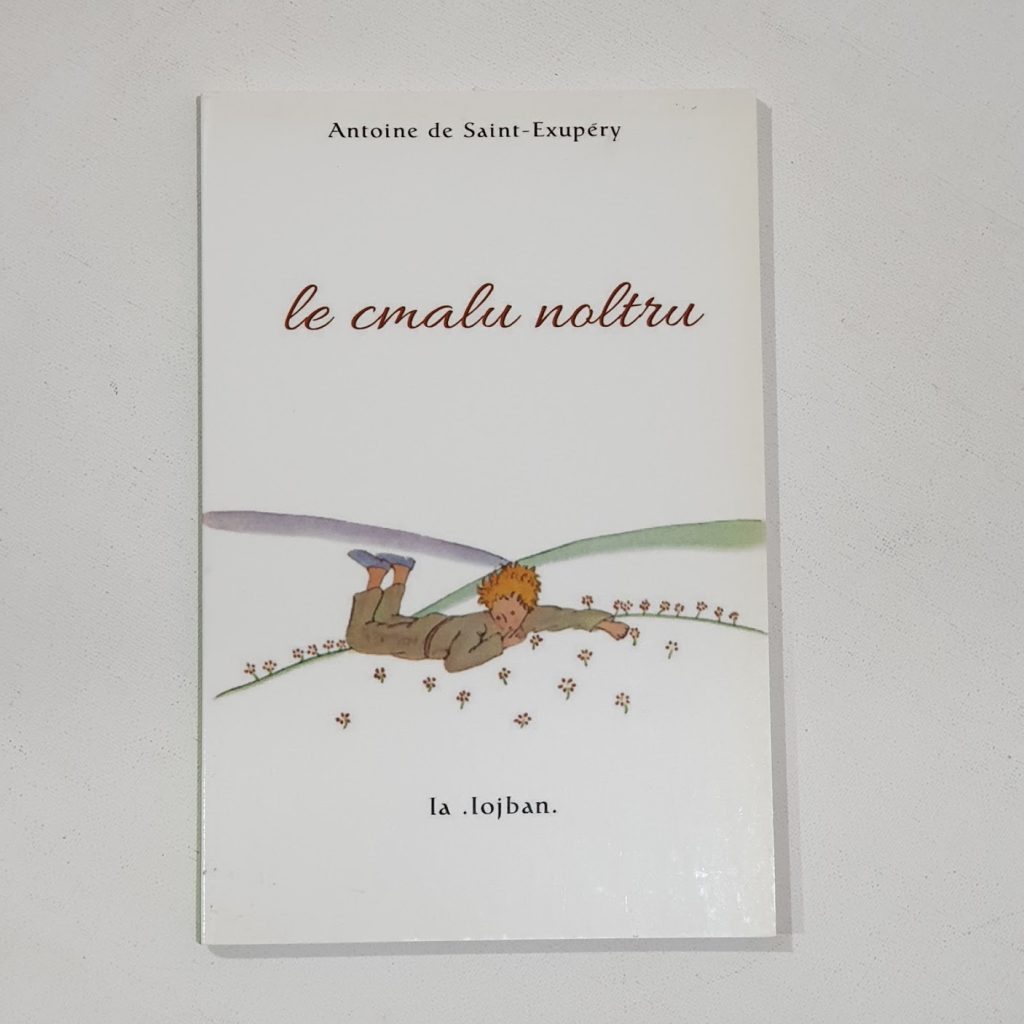
Le Cmalu Noltru — in Lojban.
Lojban is a constructed, logically structured language created with the goal of eliminating ambiguity and fostering clear, precise communication. Its development began in the late 1980s as a successor to an earlier language called Loglan, which was originally conceived by James Cooke Brown in the 1950s as a tool for testing the Sapir-Whorf hypothesis — the idea that the language we speak influences the way we think. Lojban was designed with a formal grammar based on predicate logic and a culturally neutral vocabulary, making it unique among natural and constructed languages.
The language features a small set of root words (called gismu) that can be combined into compound words (lujvo) to create new meanings. Its syntax is governed by strict logical rules, meaning that every sentence can be parsed unambiguously by a computer — one of Lojban’s key advantages. Because of its regular structure, the language avoids the irregularities, exceptions, and idiomatic expressions found in natural languages, making it theoretically easier to learn and use in logical reasoning or machine translation applications.
Lojban also supports a wide range of expressive capabilities. It includes grammatical constructs for expressing emotion, certainty, tense, and evidentiality (how the speaker knows something). These elements are conveyed through special words called cmavo, which act as logical operators, tense markers, or indicators of speaker attitude. This precision and flexibility enable users to explore nuances of meaning that are often vague or context-dependent in other languages.
Although Lojban has never gained widespread practical use, it has attracted a niche community of enthusiasts, linguists, and computer scientists interested in language design, artificial intelligence, and cognitive science. Some use it for philosophical discussions, experimental literature, or simply as a mental exercise. Its potential as a bridge between human and machine communication remains one of its most intriguing aspects, making Lojban an ongoing experiment in how language might be reimagined.


